The two terms “UX design” and “UX design process” has been around for like 100 years but most of us are still confused when hearing them. So the point of today’s article is to show you 4 important aspects of UX design:
- The definition of UX design.
- Why you need to focus on UX design.
- Designveloper’s UX design process.
- Some examples of UX design.
What Is the UX Design Process?
Understanding the UX (User Experience) design process is crucial. This section delves into what the UX design process entails, and more.
Definition of UX design
User Experience (UX) design is the activity to create digital products (web apps, mobile apps, software, etc.) that give users seamless experiences when using it. This process of designing will provide easy-to-use, efficient, and fun moments to interact with. What’s more? UX designers have to make sure that users will find pleasure, amusement, and a good experience in what they designed.
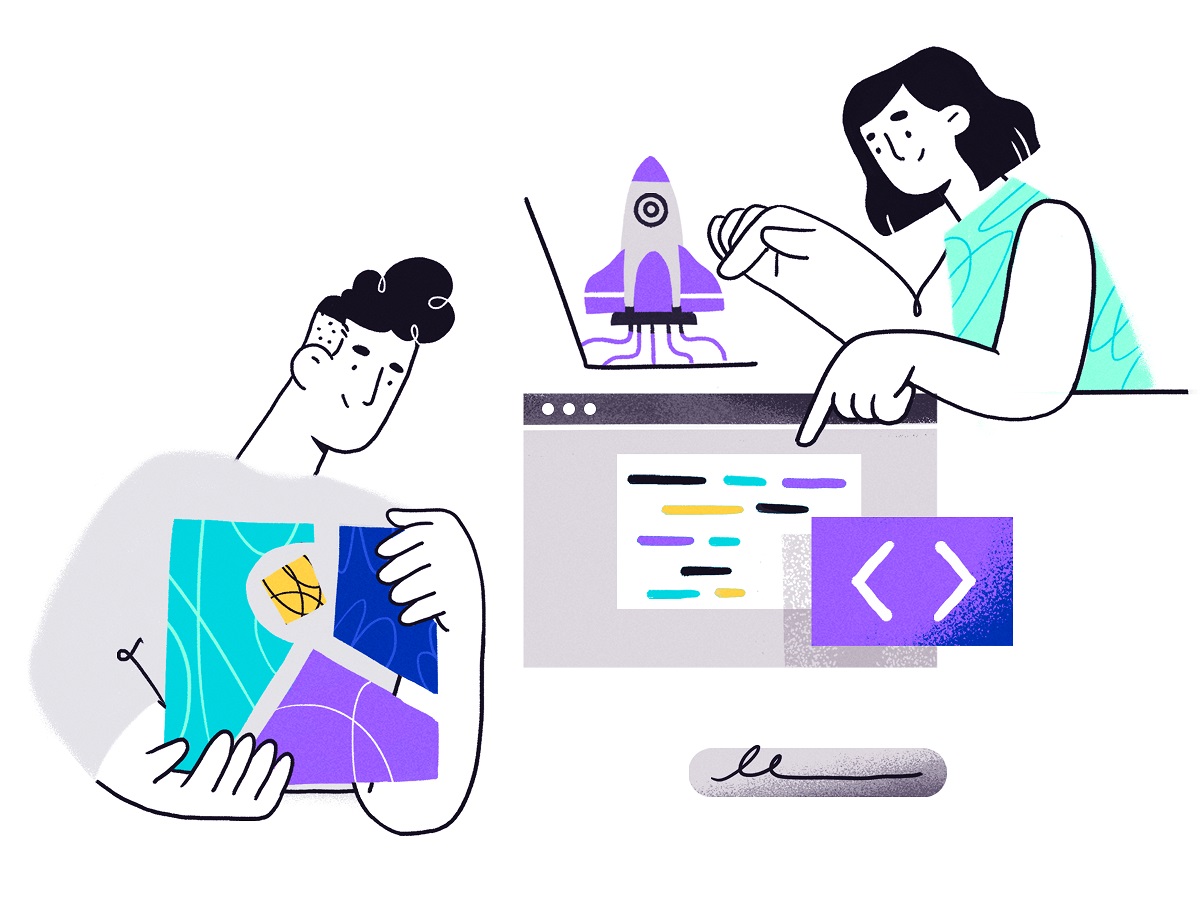
All in all, the Oxford Journal Interacting with Computer has put that: “The goal of UX design in business is to improve customer satisfaction and loyalty through the utility, ease of use, and pleasure provided in the interaction with a product.”
However, many other experts agree that there is no clear standard to define a good user experience, instead, it should meet users’ needs in a specific context when they are using the web, app, etc.
As a bonus, here are some questions a UX designer should know to make sure their products are good in terms of user experience:
- Is the experience intuitive and smooth to use?
- Does its navigation feel logical?
- How does the user feel when using the product?
- Are all the actions easy and useful to perform and interact with?
The UX design process as a systematic approach to improving user satisfaction
The UX design process is a methodical and structured approach to enhancing user satisfaction. It focuses on improving how users interact with digital products, ensuring their needs and preferences are met.
At its core, the UX design process is a systematic journey. It begins with understanding the target audience, their goals, and pain points. This initial step forms the foundation for creating an intuitive and user-friendly experience.
During the design phase, UX designers employ active brainstorming and ideation to conceptualize solutions that align with user expectations. This stage is marked by a hands-on approach to problem-solving.
The next step involves creating prototypes or wireframes. These are simplified representations of the final product, allowing for testing and refinement before actual development begins. It’s a proactive approach to eliminating potential issues.
Once the design is finalized, development commences, with close collaboration between designers and developers to ensure the vision is faithfully translated into a functional product.
Testing is a recurring element in the UX design process. It involves real users interacting with the product to identify any usability issues, which are then addressed iteratively.
Finally, after thorough testing and refinement, the product is ready for launch. Post-launch, monitoring and ongoing user feedback collection help in making continuous improvements.
The connection between UX design and business success
The connection between UX (User Experience) design and business success is a vital one. UX design directly impacts a business’s bottom line by enhancing user satisfaction and driving positive outcomes.
A well-designed user experience can significantly boost customer loyalty. When users find a website or app easy to navigate and enjoyable to use, they are more likely to return and make repeat purchases. This translates into increased customer retention, a critical metric for sustained business growth.
Moreover, user-friendly interfaces lead to higher conversion rates. When the online shopping process is intuitive and hassle-free, users are more inclined to complete their transactions. This means more sales and revenue for the business.
Positive user experiences also generate positive word-of-mouth. Satisfied users tend to share their positive experiences with others, which can lead to an increase in new customers. This organic growth can be a cost-effective way to expand a customer base.
Additionally, a well-executed UX design process can lead to cost savings. By identifying and addressing usability issues early in the design phase, businesses can avoid costly post-launch fixes and customer support requests.
How to choose a suitable UX design firm to help your business
Considering a UX/UI company for your business? As a leading web & software development company in Vietnam, we can offer valuable advice on selecting the right UX design firm for optimal business success.
Explore their portfolio: Evaluate the company’s portfolio, examining the aesthetic quality and user-friendliness of their past projects. Ensure their design style aligns with your business vision.
Customization capability: Assess the firm’s ability to customize designs according to your specific requirements. Look for flexibility in adapting to your brand’s unique needs.
Industry Experience: Check if the company has experience in your business domain. This ensures they understand industry-specific challenges and user expectations.
Clientele and projects: Review the firm’s previous clients and the success of their projects. This provides insights into their expertise and capabilities in delivering successful outcomes.
Work process and workflow: Understanding the company’s work process and workflow is crucial for efficient collaboration. It helps assess their project management and delivery capabilities.
As for us, Designveloper’s own UX/UI team stands out for prioritizing exceptional UI/UX, employing various methods like A/B testing and surveys, showcasing dynamic and creative design, ensuring fast delivery, and fostering a culture of knowledge sharing to stay updated with design trends. If you choose us, you will get not only our expertise but also a client-centric approach to ensure your satisfaction and success.
Recommended reading: UI vs UX Design: Definition and Why This Comparison Should Not Exist?
Why Is UX Design Important?
When a UX product is done well, bugs, usability issues, or any other problems are limited. This happens due to the fact that a UX design process will focus on research, analysis, and testing of all the actions.
1. Reduce cost
It is said that there are only 20% of bugs found in a product are real issues. The rest 80% are usability problems and these things could be solved in the prototyping step of the UX design process.
That’s why a proper UX could save businesses hours of fixing redundant bugs, issues, and problems. And you know, time is money and no money should be spent unnecessarily.
2. Increase conversion rate
Have you ever been on an e-commerce site, ready to make a purchase, only to find the payment process a hassle? It’s frustrating, right? Imagine your users facing the same issue on your site – they might abandon their carts and never return. That’s where UX (User Experience) design plays a crucial role, especially for online businesses.
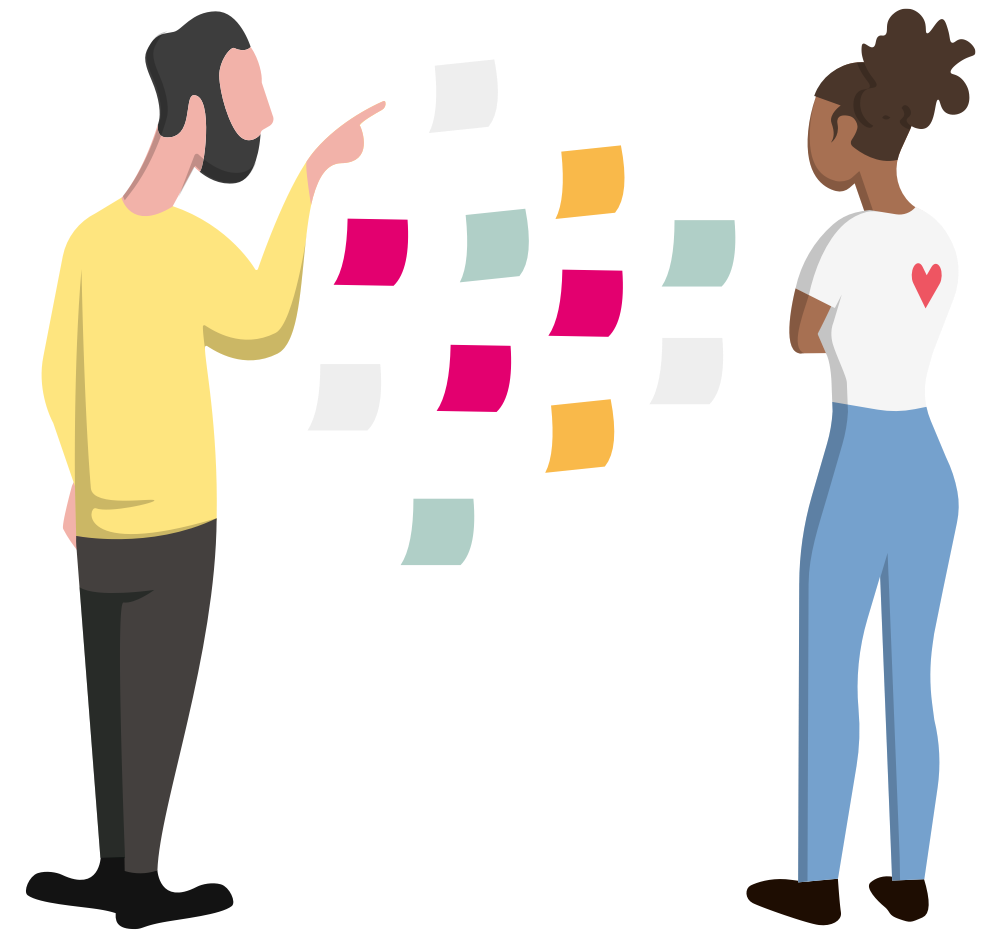
According to a study by Forrester, a good UI can boost a website’s conversion rate by up to 200%, while a better UX design can skyrocket it by up to 400%. Every dollar invested in UX design yields an ROI between $2 and $100, showcasing its significant impact. Furthermore, about 74% of visitors will return to a website if it offers a good mobile UX design. Such astonishing statistics prove that UX really matters in the current digital climate.
So here are 2 ways to increase conversion by improving and enhancing your website’s UX:
- Reduce the number of actions: the key lesson you should keep in mind is to make things perform quickly. This solution will minimize the risk of frustrating your users when they cannot use the web/app as they wanted/expected.
- Design meaningful CTAs: a clean and clear call-to-action will dramatically increase your conversion rate. If you carefully place and draft their appearance, your CTAs are expected to be clicked on more. Our tip is that state its purpose clearly. Those “click here” buttons are too vague and unattractive. Instead, you could use content like “Sign up for free” or “Let’s start a new project together”.
Recommended reading: UX Design Careers: What You Need to Focus On?
The Suggested UX Design Process
There are a lot of factors that could affect your UX outputs, including usability, design/aesthetics, utility, performance, etc. To make sure that these aspects won’t create any negative effect on your design, UX experts have conducted a standard UX design process that consists of 3 main steps. So, let’s dig in!
1. Research for the UX design process
Interview: It’s essential to conduct interviews with clients to consider initial requirements. However, before any meeting is held, you should use clients’ descriptions to do your own research. This may also help you come up with more brilliant ideas. At this stage, you should figure out: the problems and issues your client is trying to solve; goals; target users; competitors, etc.
Create various personas: Now that you have the set of data from the client and your own research, it’s time to create user personas, or in other words, representations of your end-users. These personas are tools that UX designers use to get familiar with their research.
Draft storyboards: you can skip this one but if time permits, drafting storyboards could help UX designers demonstrate users’ actions and the environment in which their actions happen.
Identify customer journey map: the customer map (or experience map) will represent steps made by users’ personas when they want to achieve something when using the site or the app. Thanks to this stage, UX designers are able to understand things such as users’ motivation, needs, and issues. This also helps designers figure out real obstacles and then solve or improve that very problem.
Recommended reading: Mobile App Design Process: How Does It Change in 2023?
2. Sketch
Brainstorm ideas: this is where you style your UX flows, actions, and performance. Your brainstorming meeting should be between all stakeholders such as the designer team, the product managers, and technical experts.
Interaction Map: This very map will create the flow of how the product will navigate from this screen to another. For example, would it be a box pop-up on the next screen, or what button should appear now?
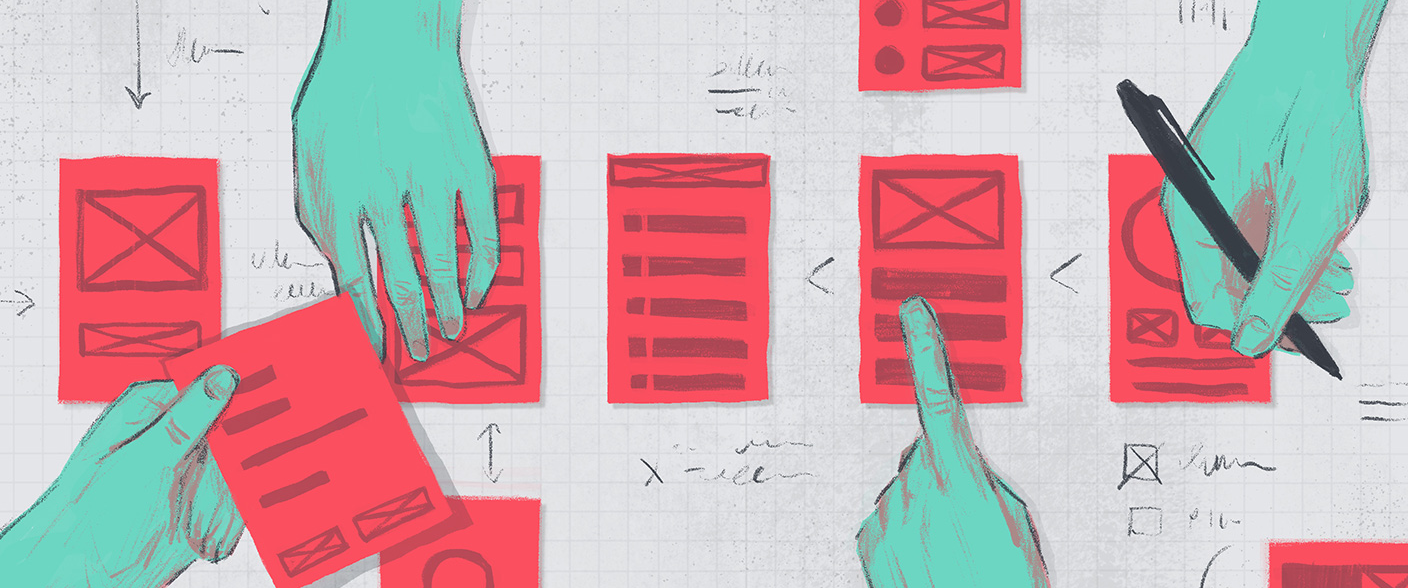
Draw wireframes: We could see wireframes as mockups for your website/app. They will show how elements (icons, buttons, CTA, texts, etc.) should be on the screen. Most of the time, designers will use whiteboards to sketch these. A wireframe merely includes the shape, size, and position of elements.
Evaluate and re-draw: the last stage of this step is to test and evaluate the wireframe with all involved stakeholders and rework with those having issues.
3. Design
Paper prototyping: When you have the wireframes, it’s time to test the flow with a physical version of the wireframes. The testers or any stakeholders could really tap on the page and go through all the actions. There are various ways to create paper prototypes such as using sticky notes, printing out your designs, or using hand sketches. The most important thing to focus on is how good the interaction flow is, not the colors or images.
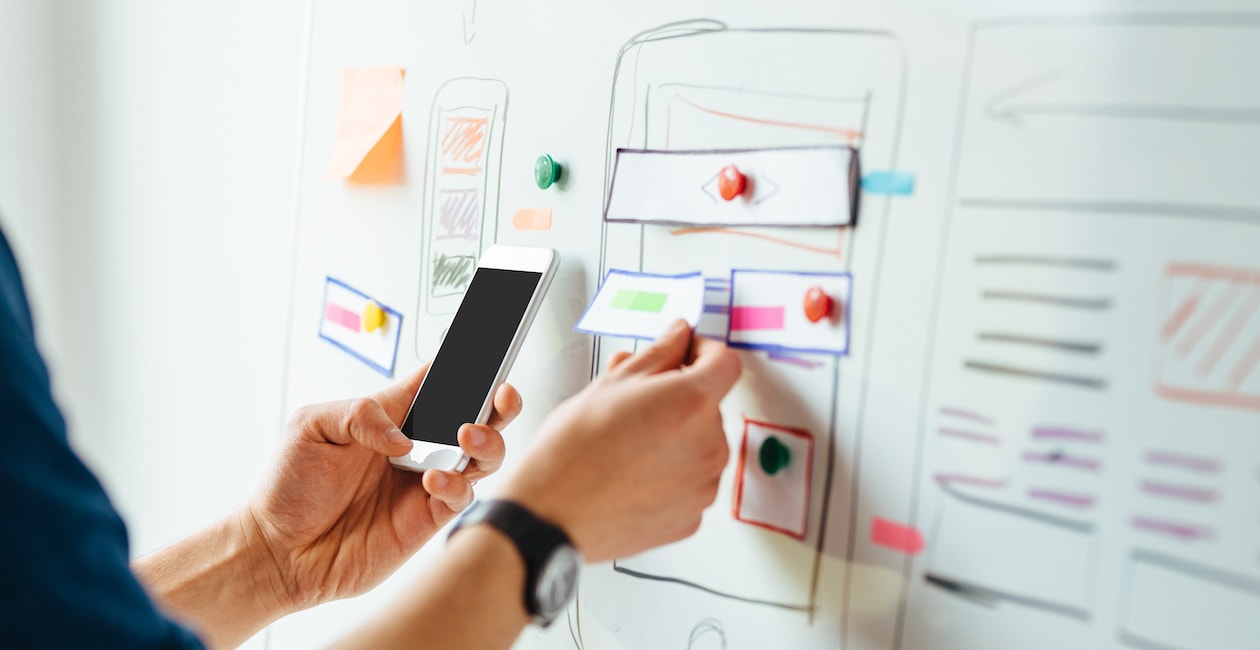
High-fidelity design: this stage would take the team a ton of time since it’s time to put UX and UI design together. You will now create the appearance of the screens. Then, the development team will use that design to build the product.
Recommended reading: Top 10 Best UX UI Design Companies
The 2 Main UX Examples
Above is the most simple UX design process. Now let’s move on and look at some examples of good UX design and bad UX design.
1. Good UX design examples
The first good UX example is from BE app – a newly-born Vietnamese ride-hailing app. Instead of making the user find and apply promotion codes themselves, this app helps its users by automatically using the code.
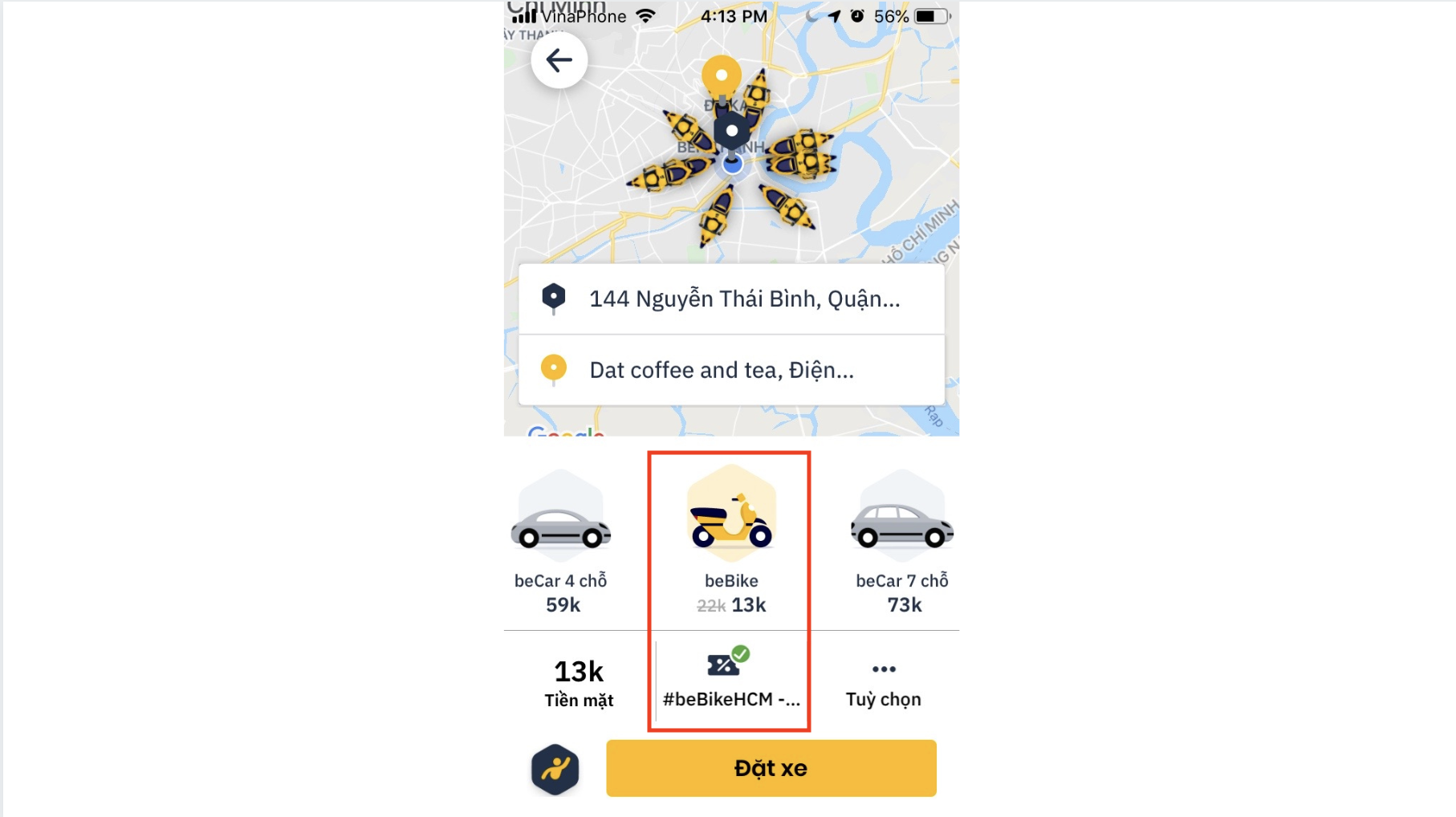
The next example is from Gmail. This email hosting will tell users that they need to give permission when attaching files from Google Drive. This feature will help you avoid sending the wrong files to others.
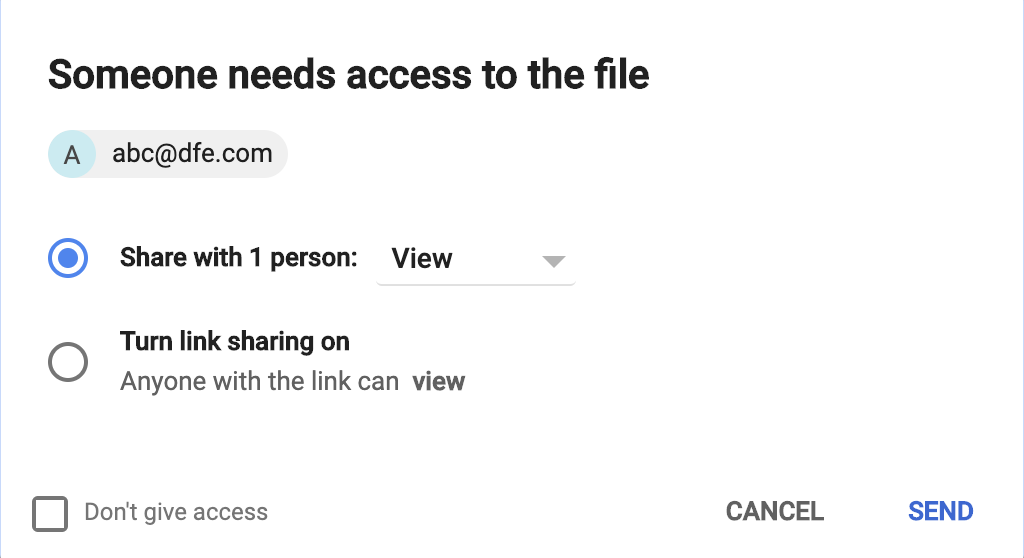
2. Bad UX design examples
The first bad example is from a bank I am using right now. Their website’s UX is terrible since it keeps your account information (email and password) remembered on the browsers. This surely creates many chances for hackers to steal our accounts, money, and worse, data.
Another bad UX design you may encounter every day is being asked to create a super complex password. We do not only have to spend a lot of time on this but we also forget those complex passwords after several days. And then they ask us to change the password. No way. Speaking of good password requirements, Slack and Google should be the standard.
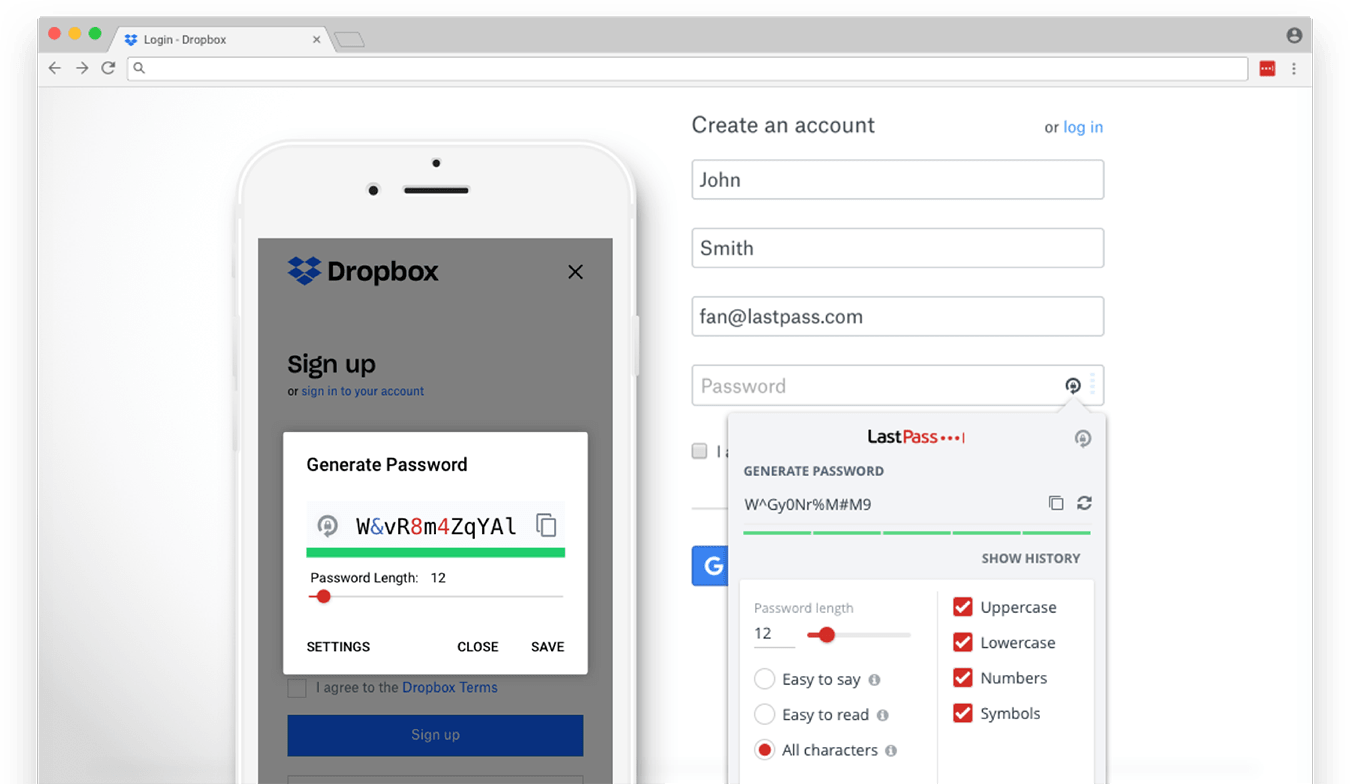
We at Designveloper hope this article will give you a better look at how a UX design process should be and some other terms.
Hey, don’t forget to give us your idea and we will help you estimate it. Designveloper has been on the market for 6 years now and our service has helped many businesses realize their ideas and make them come to life.
Now, let’s follow out on Facebook, Twitter, and LinkedIn so that you won’t miss any informative articles like this. Cheers!









